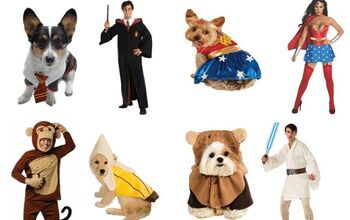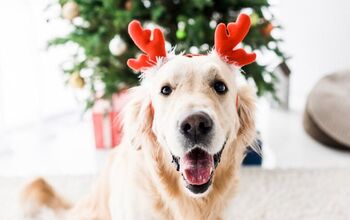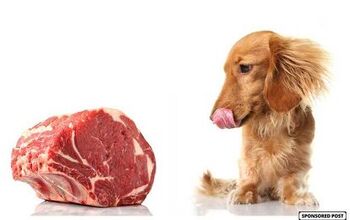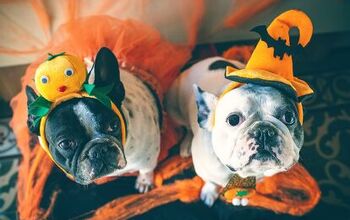Good Dog! The Best Ways To Reward Your Dog

Training is one of the most important aspects of dog ownership – if you do not properly train your dog you will be faced with any number of problems including unwanted behaviors, destruction of property, and more. Dog training is not necessarily difficult, but there is a right way and a wrong way to go about it. The most effective method of dog training involves the use of positive reinforcement, or rewards for good behavior. Here are our best ways for rewarding your dog in a way that will encourage him to repeat desired behaviors.
Using Food Rewards
As you have probably already learned, your dog will do just about anything for a treat. All you have to do is open the treat bag and your dog will come running. Using food rewards is the quickest way to teach your dog new tricks but you need to be careful about making your dog dependent on those food rewards. The last thing you want is to train your dog such that he only performs the desired behavior if he receives a treat after – your dog should follow your commands whether he receives a reward or not. To make this happen you need to slowly phase out the use of food rewards after your dog catches on to the new trick you are teaching him. As an alternative to food rewards, then, you have several other options to try out.
Related: How To Use Treats For Positive Reinforcement Dog Training
Outdoor/Play Time
If your dog is like most others, he gets excited when you pick up the leash. Once you phase out food rewards during your training sessions, you can use extended outdoor play time as an alternative reward. If you usually take your dog for a quick walk around the block, add an extra lap or stop for a game of fetch in the front yard. This reward is particularly effective when used in conjunction with potty training. When you are teaching your dog to do his business outdoors, keep him on a leash and lead him to the area where you want him to do his business. When he does, praise him and let him off the leash for a little outdoor play time. If your dog doesn’t go, try again later. By using this technique your dog will learn that doing his business in the right area earns him the reward of outdoor play time and you won’t have to use any food rewards.
Related: Why Your Dog Wishes You Would Stop Talking And Start Petting
Toys and Games
Though some dogs simply don’t have much interest in toys, if your dog does then it may be a good alternative to using food rewards during training. To make the best use of this method, reserve a few special toys for use only during training sessions. When training your dog you can present the toy in the same way you would a treat and then reward the dog with a minute of play time when he responds correctly. Toys that squeak or bounce may hold a special appeal for your dog, ensuring that you have his attention during training and that he actually wants the reward you are offering.
Other rewards you might give your dog during training include extra attention in the form of a belly rub or some snuggle time on the couch. As well, always follow up a positive action with verbal praise. Some dogs particularly enjoy playtime with other dogs or a visit from a friend. The key to phasing out food rewards is to be creative with the use of alternative rewards to maintain your dog’s interest so he continues to perform well.
What rewards does your dog respond to? Do you have a go-to treat that works every time? Share what works for you in the comments below so we can try them!

Kate Barrington is the loving owner of two cats (Bagel and Munchkin) and a noisy herd of guinea pigs. Having grown up with golden retrievers, Kate has a great deal of experience with dogs but labels herself a lover of all pets. Having received a Bachelor's degree in English, Kate has combined her love for pets and her passion for writing to create her own freelance writing business, specializing in the pet niche.
More by Kate Barrington






















